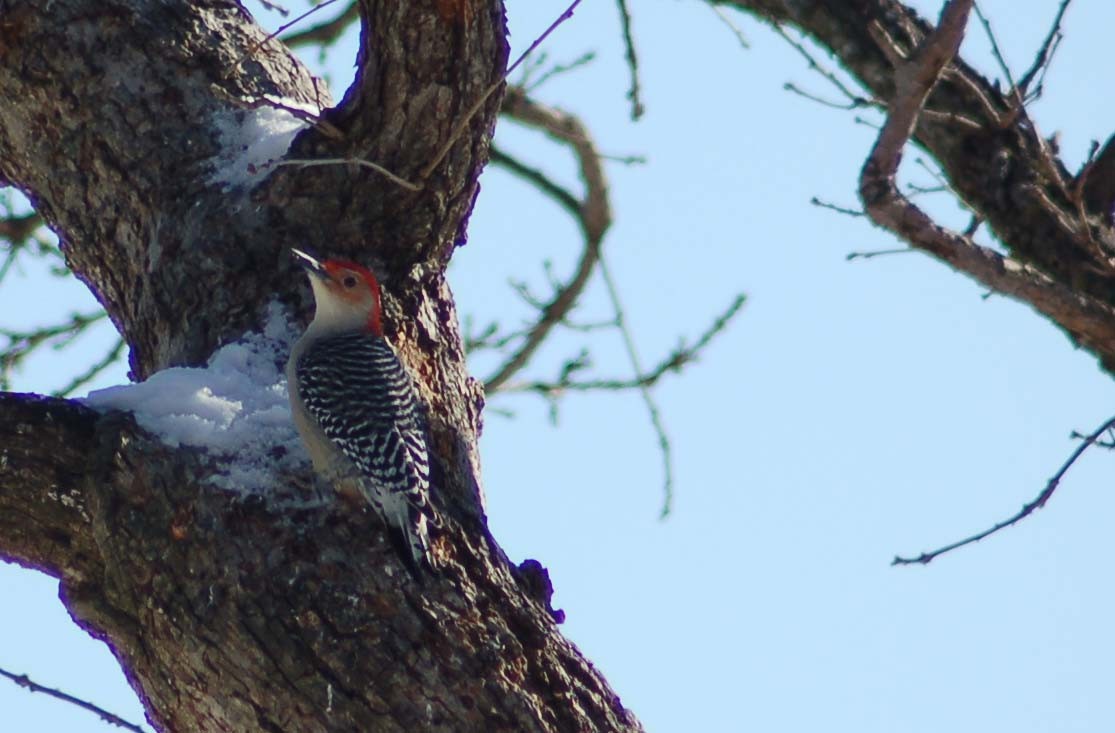Red-bellied Woodpecker
A species of Melanerpine Woodpeckers Scientific name : Melanerpes carolinus Genus : Melanerpine Woodpeckers
Red-bellied Woodpecker, A species of Melanerpine Woodpeckers
Botanical name: Melanerpes carolinus
Genus: Melanerpine Woodpeckers
Content
Description People often ask General Info
Description
The red-bellied Woodpecker is a medium-sized woodpecker that commonly nests in dead trees, sometimes taking over other birds' nests. In the search of insects inside tree cavities, it can extend its tongue almost 5 cm past its beak. By excavating insects and larvae from tree bark, this bird is able to "clean" the infested tree. The red-bellied Woodpecker is known to hide food in all kinds of places as a store for later use.
Size
23 - 27 cm
Life Expectancy
12 years
Nest Placement
Cavity
Clutch Size
2 - 6 eggs
Incubation Period
1 - 3 broods
Number of Broods
12 days
Nestling Period
24 - 27 days
Feeding Habits
Red-bellied Woodpecker forages for insects, spiders, and arthropods using its bill and long tongue to extract them from bark and tree cracks. It also consumes nuts, seeds, fruits like grapes and oranges, and occasionally lizards and nestlings. It stores food in tree crevices and is a key predator of the emerald ash borer.
Habitat
Red-bellied Woodpecker thrive in a variety of wooded environments, often inhabiting forests, woodlands, and suburban areas enriched with trees like oak-hickory and pine-hardwood forests, as well as groves and orchards. River bottoms and wetlands particularly favor their presence, especially in the southern regions of their range. This species typically resides at altitudes below 2,000 feet and is adaptable to the seasonal climates of the eastern United States.
Nest Behavior
Red-bellied Woodpecker often selects the same tree for nesting year after year, with the pair constructing a fresh cavity each time. Egg-laying occurs on the wood chip bedding, and both parents partake in incubating eggs and caring for their young.
Nest Characteristics
Red-bellied Woodpecker typically nests in dead trees or limbs and fence posts, preferring hardwoods or pines. They excavate a new cavity annually, underneath any previous ones, creating holes about 22-32 cm deep and 9x13 cm cylindrical living spaces, with a wood chip bed.
Dite type
Insectivorous
People often ask
General Info
Feeding Habits
Bird food type

Black Oil Sunflower Seeds

Hulled Sunflower Seeds

Safflower
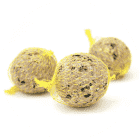
Suet
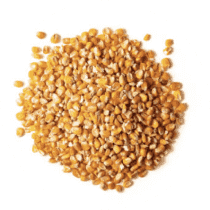
Cracked Corn
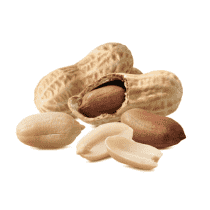
Peanuts
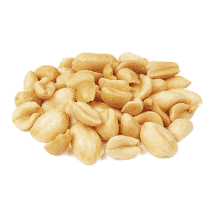
Peanut Hearts

Sugar Water

Fruit

Mealworms
Bird Feeder Type
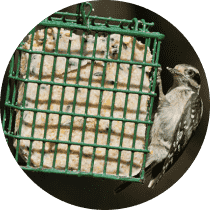
Suet Cage

Large Hopper

Platform

Nectar Feeder
Sounds
Call
Recording location: United States
Call
Recording location: United States
Call
Recording location: United States
Behavior
Red-bellied Woodpeckers exhibit typical woodpecker behavior, frequently utilizing main tree branches and trunks as foraging sites. They leverage their stiff tail feathers for support while investigating bark crevices for food. Notably, during nesting, male red-bellied Woodpeckers select and excavate sites, attracting females with distinctive calls and gentle tapping. The pair finalizes the nest together upon acceptance. In terms of feeder hierarchy, red-bellied Woodpeckers are assertive, deferring only to Blue Jays while displacing other birds.
Species Status
Not globally threatened.
Scientific Classification
Phylum
Chordates Class
Birds Family
Woodpeckers Genus
Melanerpine Woodpeckers Species
Red-bellied Woodpecker 